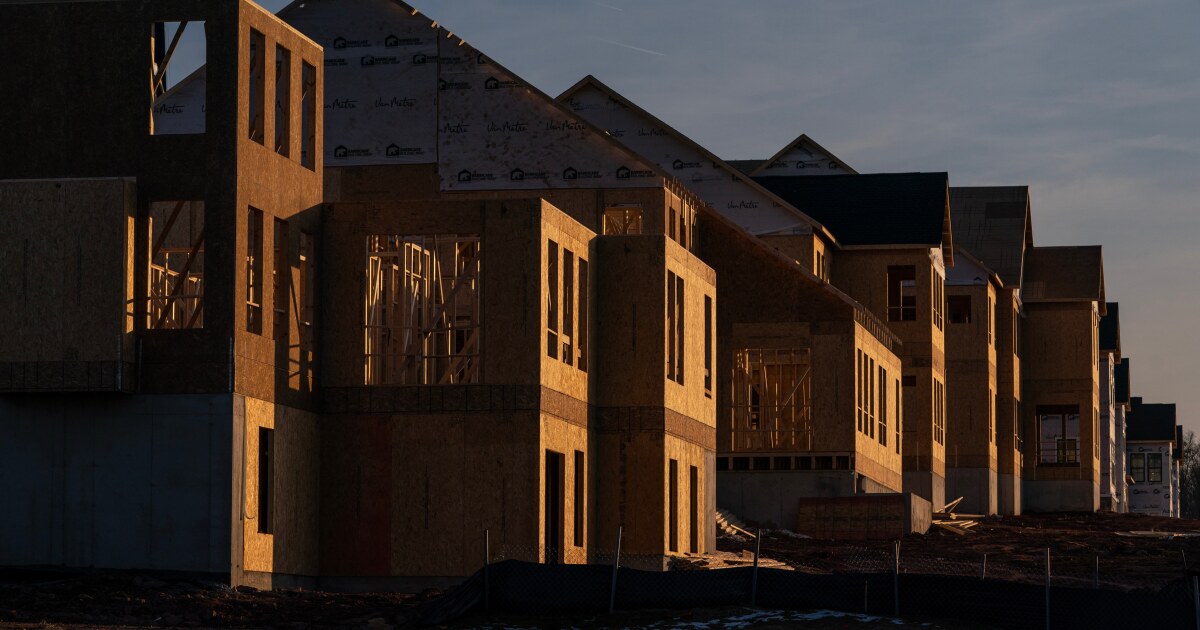
Housing starts in the US fell in March by the most in a year, as weak demand from high prices and
New residential construction decreased 11.4% to an annualized rate of 1.32 million last month, restrained largely by single-family homes, according to government figures released Thursday. The figure was weaker than the 1.42 million median estimate in a Bloomberg survey of economists.
Construction of new single-family homes dropped 14.2% to an annualized 9.40 million rate, the steepest decline since the onset of the pandemic. Multifamily construction fell as well, but to a lesser extent.
The housing market remains hamstrung by high prices and mortgage rates, which
Prices have come off their peak somewhat as builders deploy incentives to try to clear excess inventory, which still stands at the highest since 2007. That's also prompting builders to slow down on projects, with the number of single-family homes under construction falling to the lowest level in four years, continuing a steady decline back to mid-2022.
In a sign residential construction will remain constrained, building permits for single-family homes fell to the slowest pace in four months. However, multifamily authorizations climbed.
Across the US, single-family housing starts in the South, the US's biggest homebuilding region, decreased nearly 18%, while the Northeast and West also posted notable declines. Such construction in the Midwest partially recovered from a two-year low in the prior month.
Consumers have been downbeat on the economy and their financial prospects, which is also weighing on demand. In its first-quarter earnings call last month, the head of homebuilding giant Lennar Corp. said consumers increasingly are struggling with high levels of personal debt, which is hurting their ability to get mortgages.
For now, the slowing new-home industry is still seen adding to overall US economic growth in the first quarter, if only marginally so. The Federal Reserve Bank of Atlanta's
The new residential construction data are volatile, and the government report showed 90% confidence that the monthly change ranged from a 24.9% decline to a 2.1% gain.
A separate report Thursday showed applications for US unemployment benefits fell to the



